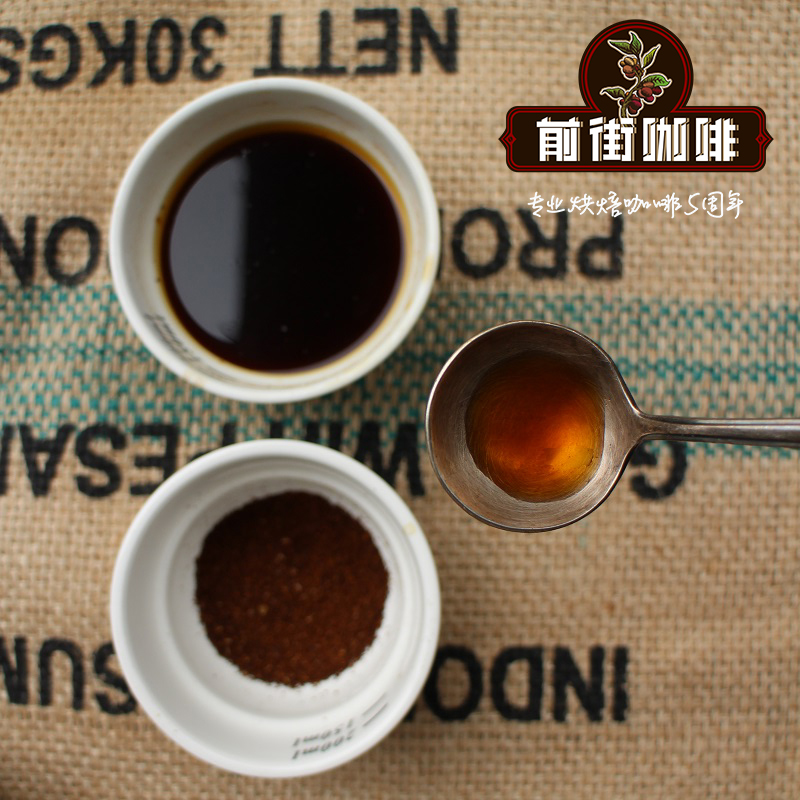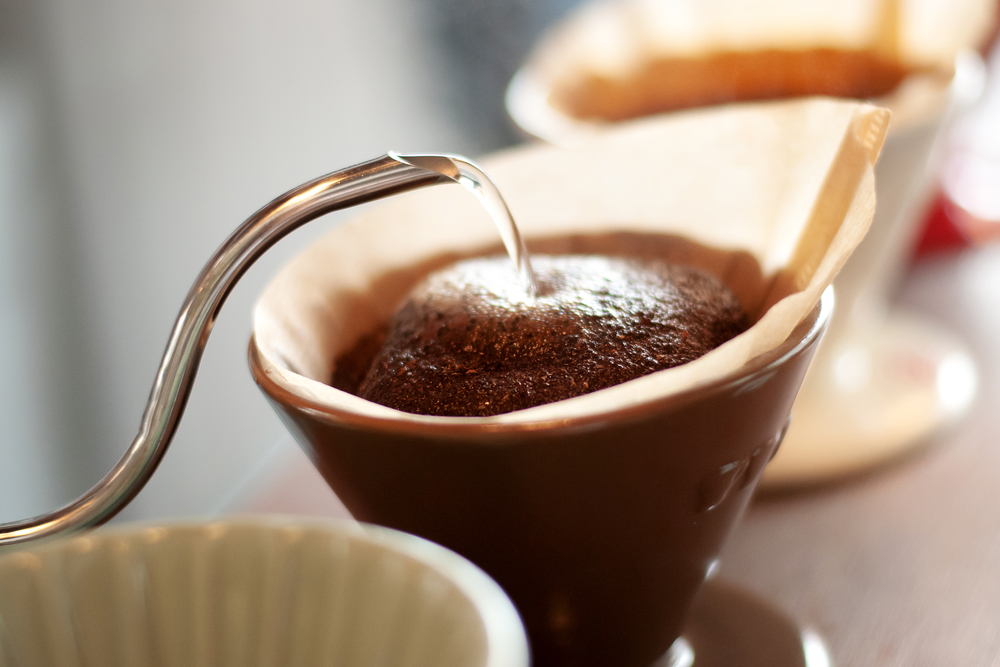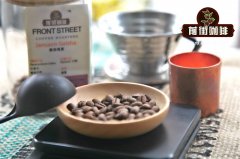What are the main treatment methods of raw coffee beans? how to distinguish the grades of raw coffee beans?

Professional coffee knowledge exchange more coffee bean information please follow the coffee workshop (Wechat official account cafe_style)
Coffee cherry is actually a kind of fruit, coffee bean is the cultivation of coffee cherry, and then through different treatment methods to give coffee raw beans different flavor, after baking can enlarge the flavor of this treatment, thus forming different flavor and taste of different coffee.
Processing Methods with raw coffee and bean treatment
After the careful care of farmers, another factor that greatly affects the flavor of coffee trees is treatment, which is simply divided into water washing, sun exposure and honey treatment. in recent years, there have been many special treatments.
Washing treatment method Washed Process
It is the most common and representative method for the treatment of raw beans in Guatemala. No matter in the process of screening floating beans, removing pulp, fermenting pectin and drying, you have as rich production experience as an encyclopedia, which is absolutely indispensable to maintain your high-quality coffee!
Please taste the highest quality: Guatemala washed coffee beans with bright acidity and clean flavor!
Sun treatment Nature Process
It is a rare method of processing raw beans in Central and South America. Because of the obvious rainy season and microclimate, Guatemala's boutique coffee, which has been mainly washed for 150 years, has also begun to try sun treatment in response to market demand in recent years. Referring to the way seeds were dried in the ancient Mayan civilization, the same wisdom was applied to boutique coffee to produce a rich aroma and multi-layered flavor different from that of typical washed coffee.
Honey-treated Honey Process
Honey treatment is a difficult technology in coffee production, because it is dried directly by a sticky pulp layer, so more manpower must be spent on comprehensive supervision in the treatment process to prevent excessive fermentation or mildew. But at the same time, high-quality honey.
Management technology can not only significantly enhance the thickness and sweetness of caffeine, but also reduce acidity and bring out delicate fragrance.
Coffee grades are different in different countries, because the situation in different countries is different, so far there is no international uniform standard to stipulate, each country is divided according to its own regulations.
Take Brazil, for example
Here we introduce the Brazilian / New York law:
The Brazil/New York method
Calculate the number of defective beans in a sample of 350 grams. The algorithm for a defective bean is as follows: if there is more than one minor defect, only the most serious one is counted, and five of these beans are considered a defect. If the coffee bean is damaged (five broken beans are a flaw) and the black bean (a flaw) is a flaw. Brazilian decrees stipulate up to 1% irrelevant defects.
In the screening of boutique coffee beans, defective beans are divided into two levels:
Level 1:
Black beans (necrotic beans), insect bites fermented beans, moldy beans, immature beans (green), floating beans and so on. You can't have any of the 350 grams of raw beans.
Level 2:
There are only 1 to 5 defective beans, about 1%.
Important Notice :
前街咖啡 FrontStreet Coffee has moved to new addredd:
FrontStreet Coffee Address: 315,Donghua East Road,GuangZhou
Tel:020 38364473
- Prev

There are thousands of filter cups, but what is the difficulty of making coffee by hand?
Professional coffee knowledge exchange more coffee bean information please follow the coffee workshop (Wechat official account cafe_style) I do not know if you are like me, often see online experts introduced hand filter cup, how this filter cup taste, and how to make that filter cup, will sigh that hand brewing coffee is broad and profound, it is never too old to learn. But the more you learn to make coffee by hand,
- Next

Coffee raw beans distinguish the advantages and disadvantages of coffee beans how to choose the defects of ripe coffee beans
Professional coffee knowledge exchange more coffee bean information Please pay attention to the coffee workshop (Wechat official account cafe_style) Coffee raw beans in the processing process will be mixed with some sundries or encounter overfermented raw beans, which will affect the flavor of coffee, beans need to be manually removed, so what are defective raw beans? First, the endocarp of coffee with shell beans is covered with coffee
Related
- Beginners will see the "Coffee pull flower" guide!
- What is the difference between ice blog purified milk and ordinary milk coffee?
- Why is the Philippines the largest producer of crops in Liberia?
- For coffee extraction, should the fine powder be retained?
- How does extracted espresso fill pressed powder? How much strength does it take to press the powder?
- How to make jasmine cold extract coffee? Is the jasmine + latte good?
- Will this little toy really make the coffee taste better? How does Lily Drip affect coffee extraction?
- Will the action of slapping the filter cup also affect coffee extraction?
- What's the difference between powder-to-water ratio and powder-to-liquid ratio?
- What is the Ethiopian local species? What does it have to do with Heirloom native species?

